Top Categories
SAS Tables Day1 | TLF's in SAS | Introduction to Tables in SAS | DM Table Creation in SAS
- Category:
- Sub Category:
Reference/Credits: find mock shells from this google link http://sassavvy.com/Resources/SAS%20Downloads/Sample_CT_Table_Shells.pdf http://www.sassavvy.com/Resources/SAS%20Downloads/Sample_CT_SAP.pdf In clinical trials, the SAS programmer uses the Statistical Analysis Plan (SAP) provided by the st
Reference/Credits: find mock shells from this google link http://sassavvy.com/Resources/SAS%20Downloads/Sample_CT_Table_Shells.pdf http://www.sassavvy.com/Resources/SAS%20Downloads/Sample_CT_SAP.pdf In clinical trials, the SAS programmer uses the Statistical Analysis Plan (SAP) provided by the statistician to create Table, Figure and Listing (TFL) programs to support the clinical trial submission. Table and listing shells or mock-ups from the SAP are the SAS programmer’s roadmap in generating clinical study reporting outputs. The information provided by the mock shells include titles, footnotes, and formatting details, such as column labels, alignments, and widths. Statistical SAS programmers are tasked with transferring this information word by word into the final TFLs. The creation of a clinical summary table typically involves two main phases: the statistical analyses of data, and the presentation of the analyses results onto a layout predefined by a mock table. The first phase can be pretty straightforward, simply involving the calling of SAS statistical procedures plus a few DATA steps. The second phase, a relatively time-consuming part, would constitute taking those procedure outputs and programming their placements in specified positions to become the summary table.






